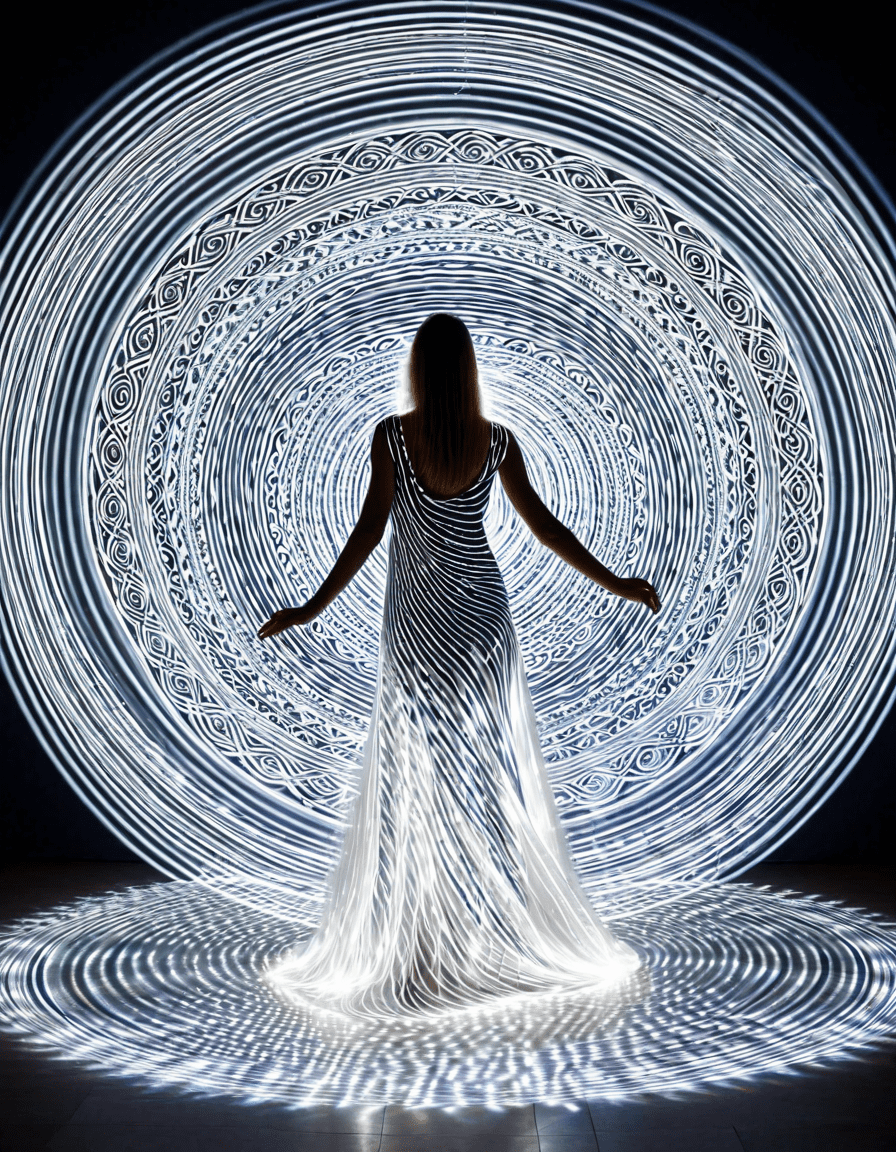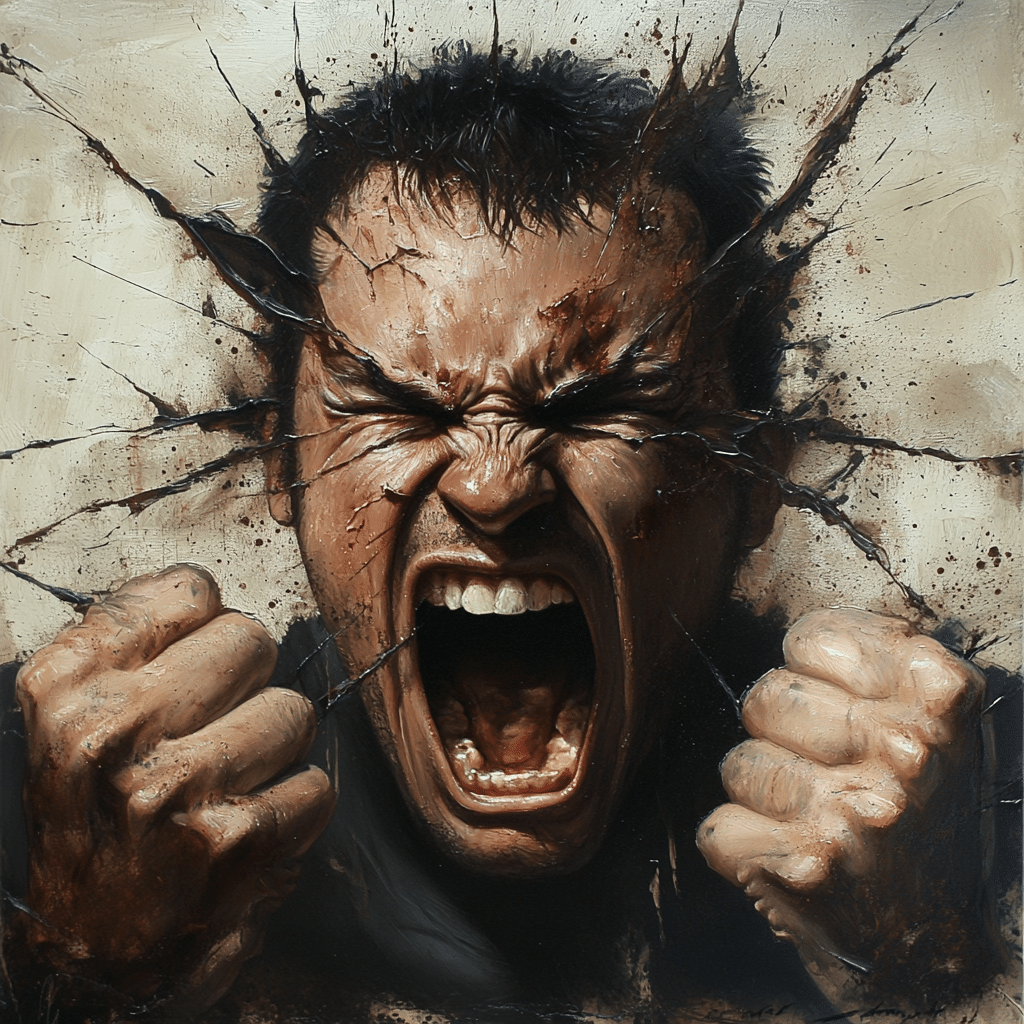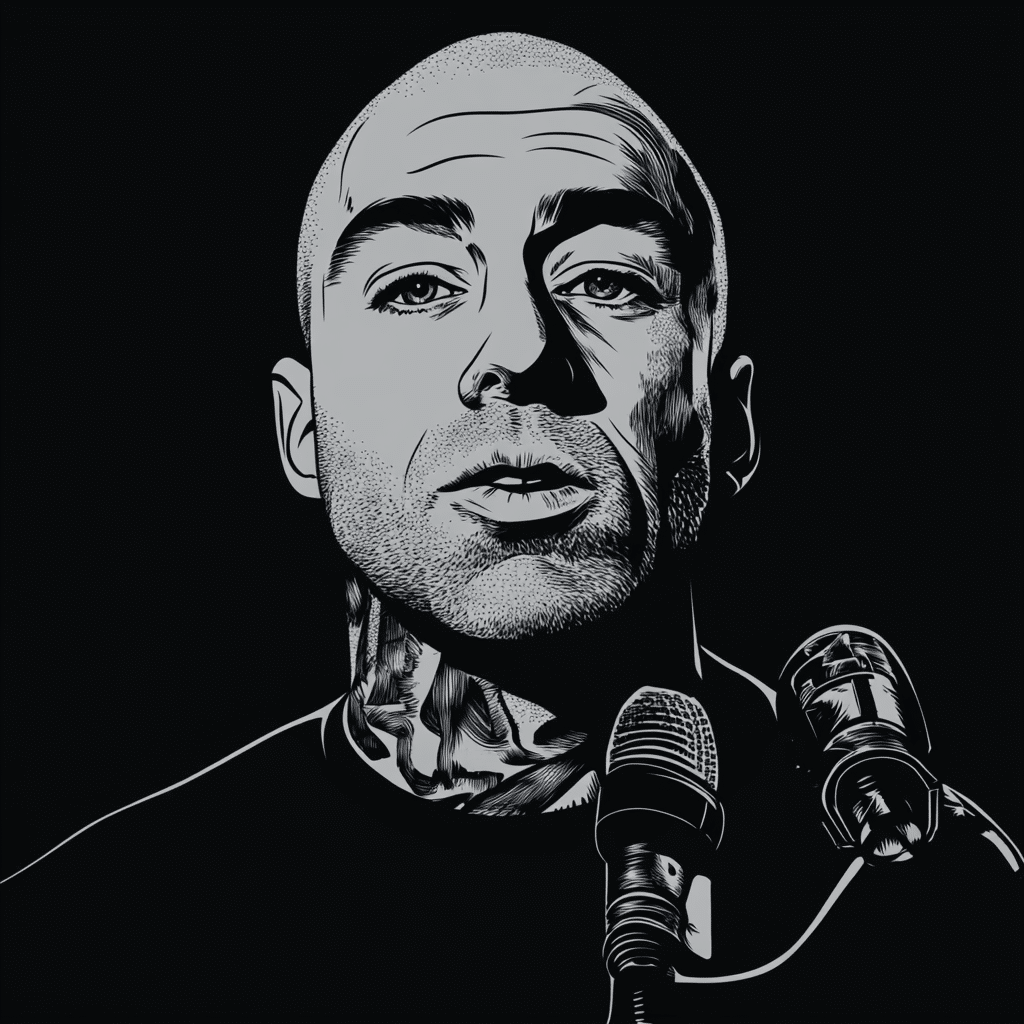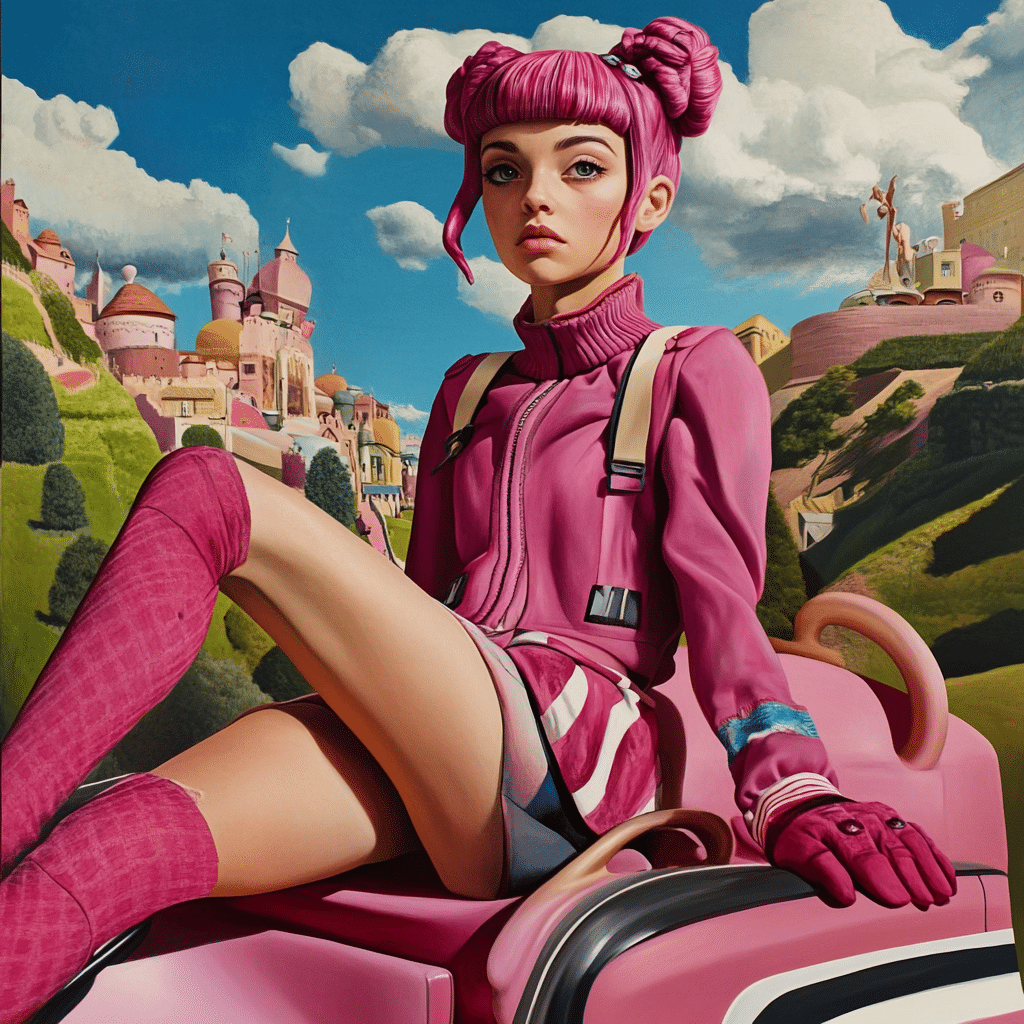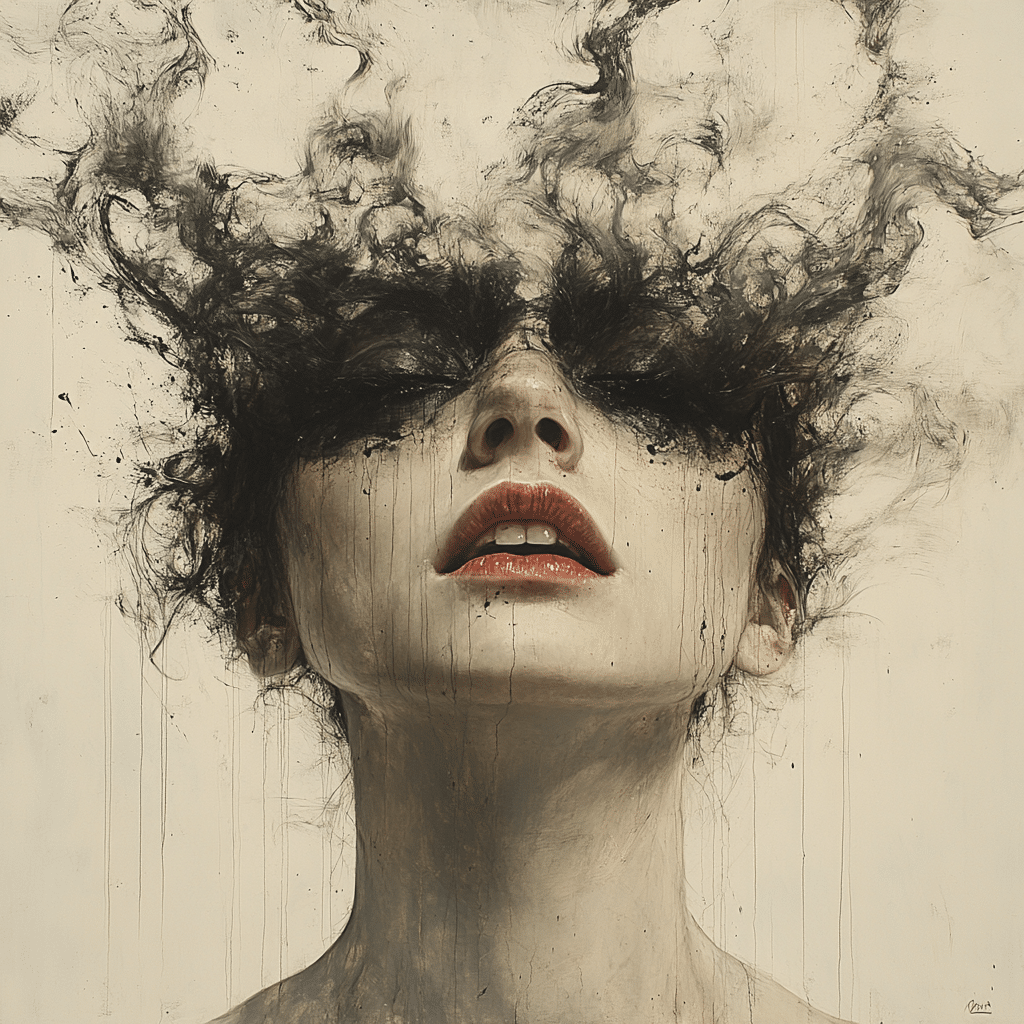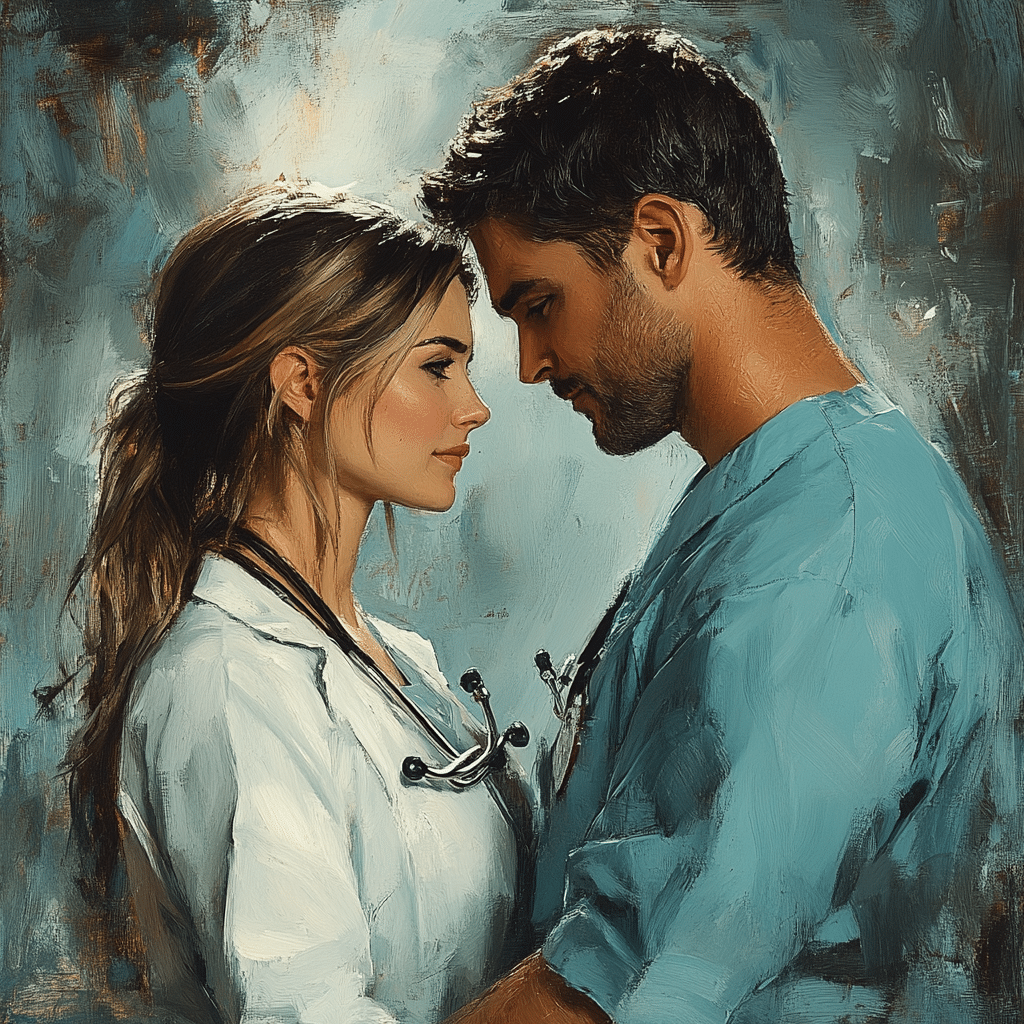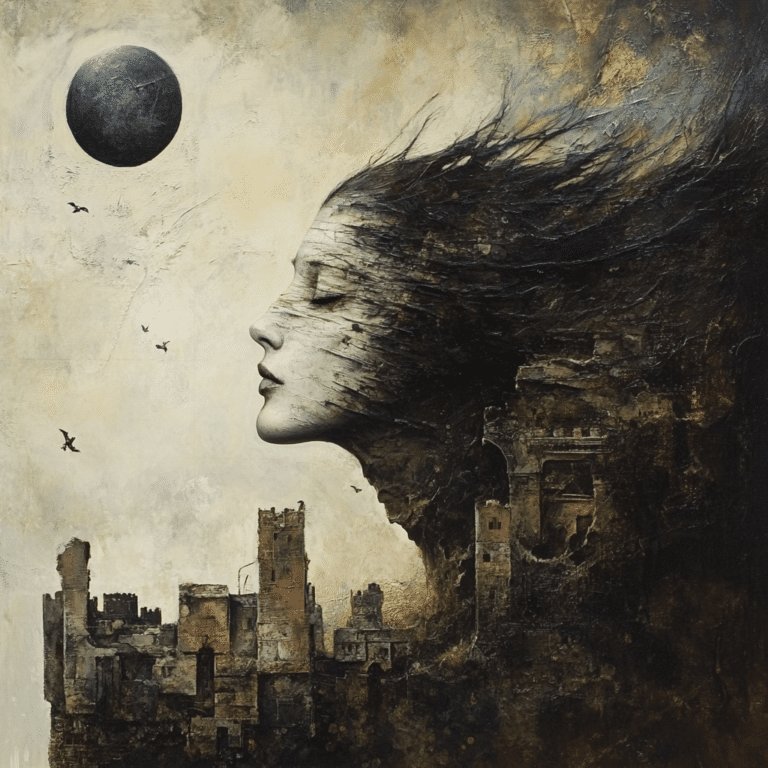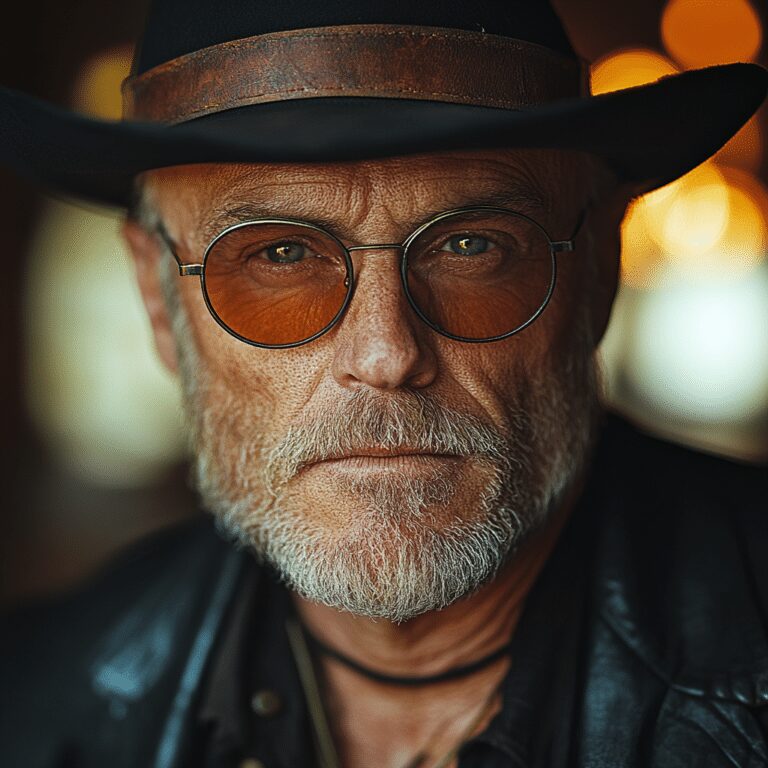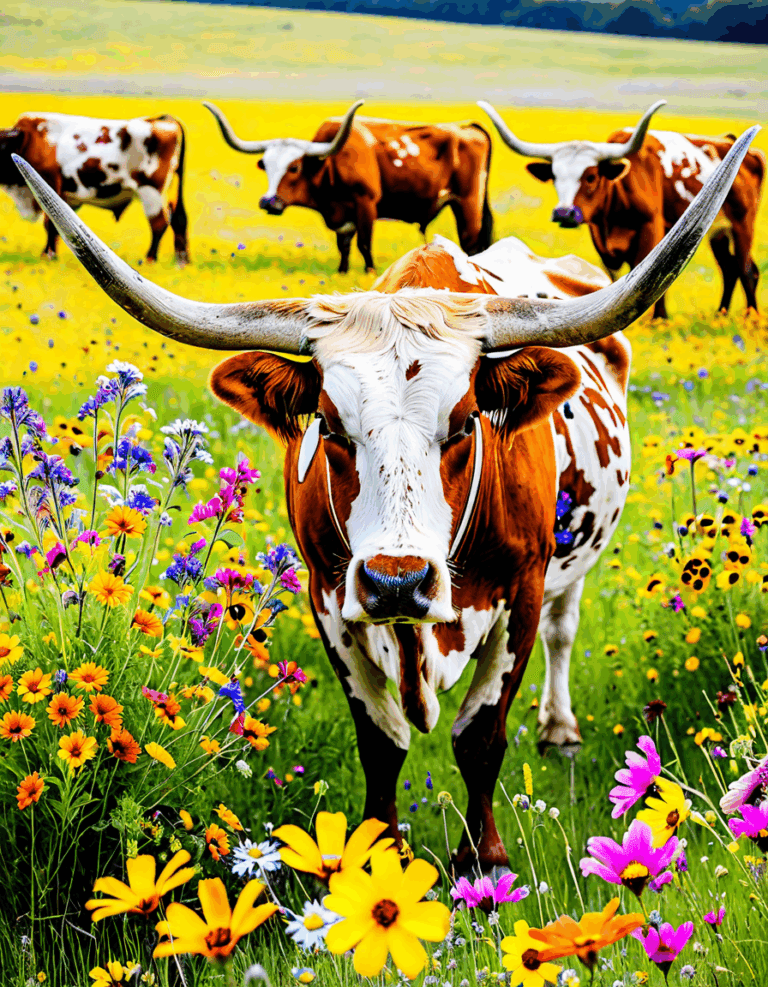Hysteria isn’t just a buzzword for a chaotic situation; it’s a powerful phenomenon that digs deep into our most basic human emotions, societal norms, and even historical events. From the dreaded Salem witch trials to the sensational waves of social media storms in our current age, hysteria has acted as a catalyst for a rollercoaster of psychological experiences. Buckle up, because we’re diving into a journey exploring the causes, implications, and emotional dance of hysteria—complete with envy, lust, and fury.

7 Historical Events of Hysteria and Their Consequences
One of the most infamous episodes of hysteria is, without a doubt, the Salem Witch Trials. A deadly cocktail of religious zeal, societal pressures, and downright personal vendettas led to the wrongful prosecution and execution of many unsuspecting individuals. The community’s fabric frayed as hysteria warped justice, creating tragedy and misery that echoed throughout history. Who could have imagined that the simple act of accusing someone could lead to such chaos?
Now, if you think your Friday night dance party gets out of hand, just wait ’til you hear about the Dancing Plague of 1518. Imagine residents of Strasbourg gripped by an irresistible urge to dance—so much so that many literally danced themselves to death. This bizarre event is a perfect showcase of communal hysteria spiraling into real, tangible consequences. Talk about taking “dancing like no one’s watching” to a whole new level!
Fast forward to 1938, when Orson Welles unleashed a radio broadcast adaptation of H.G. Wells’s “War of the Worlds.” Many listeners thought aliens were invading right before their eyes, triggering pandemonium across the U.S. Panic spread like wildfire, revealing just how easy it is for mass hysteria to take flight. The furious backlash against media channels showed that people felt utterly duped, stirring up emotions that could lead to quite a kerfuffle!
Hysteria reared its ugly head during the HIV/AIDS crisis, fueled by misinformation and misunderstandings. This hysteria caused contempt towards those afflicted, creating a stigma that divided communities and led to horrific discrimination. The implications of this hysteria extended well beyond individual fears, derailing conversations about health and compassion in the process. Talk about a case of fear breeding more fear!
Many can recall the intense election year of 2016 that sparked not just political debates but a full-blown tempest of envy and fury among various voter groups. Misinformation zipped around the internet faster than a cat meme, igniting feelings of distrust and contempt, and further fanning the flames of division. The aftermath wasn’t just a divided electorate; it was a nation where constructive dialogue became a luxury.
The COVID-19 pandemic brought unexpected hysteria, and I mean the kind that sends chills down your spine. Amidst concerns about mask mandates and vaccines, misinformation ran rampant, leading to a society fractured by fear and hostility. Angry confrontations erupted at stores, showcasing how hysteria can lead to chaos, proving that, sometimes, ignorance truly isn’t bliss. Just ask those caught in the throes of social media confrontations!
Enter the age of TikTok and Instagram influencers, where hysteria takes on a new face. Dangerous trends driven by a lust for virality create a toxic environment, leading many to emulate what they see on screens. The consequences? Real-life repercussions that touch everything from mental health crises to changing consumer behavior. It’s a wild ride, folks, and it all plays out right in front of our eyes!

The Psychological Dance of Hysteria: Possession, Revenge, and Fury
Hysteria dances hand-in-hand with emotions that can sometimes feel like a wild tango—think possession, vengeance, and raw fury. Everyone’s seen those social media meltdowns sparked by influencers promoting toxic lifestyles. The fiery public backlash can be swift, morphing into an appetite for justice that appears less than noble.
When emotions stir, they often lead us into dark territory. Take Traci Lords and her controversial online presence; she’s sparked outrage and loyalty alike. While some denounce her, others staunchly defend her, showcasing how quickly envy and contempt can escalate. The cycle of rage turns hyper-competitive, as individuals feel justified in their “crusade” against what they perceive as social injustices.
Speaking of guardians, the media often shapes the narrative, for better or worse. They wield the power to calm or incite hysteria during pivotal moments. Networks that covered events like the 9/11 tragedy balanced the scales, using their influence for both reporting and managing public emotions. Just think about it—how many times did one news story create a frenzy, leaving folks feeling vulnerable and uncertain?
Nuanced Dimensions of Hysteria Today
Now, in our whirlwind of 2026, hysteria has embedded itself into our experiences, influencing decisions and reshaping societal values. Consider the myriad of ways misinformation floods channels, often fueled by aggressive influencers like Kristen Wilson or Charissa Thompson. This exciting, yet volatile landscape offers insight into the nuanced roles various figures and platforms play in shaping our emotional responses.
In this day and age, understanding the intricate dynamics of hysteria isn’t just an academic exercise; it’s crucial for navigating the world we live in. Societies stand at a precipice, equipped with tools for both caution and understanding as they confront deep-rooted issues and crises. The more we recognize hysteria’s extraordinary impact, the better we can prepare to harness—or avoid—the chaos it brings.
As we inch forward, let’s strive for a balanced perspective. Hysteria may evoke powerful responses, but self-awareness can help mitigate the effects. Understanding what drives us to act in those frantic moments can empower communities to channel that energy into meaningful conversations and positive solutions. Amidst the storm, clarity might just be our best ally.
So there you have it—the extraordinary truth behind hysteria and its profound impact. It’s a rollercoaster of human emotion, history, and society that continues to shape our world. Will we learn from it? Only time will tell!
Hysteria: Fascinating Facts Behind Its Impact
A Historical Perspective on Hysteria
Did you know that the concept of hysteria traces back to ancient Greece? The etymology of the word comes from the Greek term hystera, meaning uterus. Historically, women were often pathologized with this diagnosis when exhibiting emotional or irrational behavior. Jump forward a few centuries and voilà, it made its way into the medical field, where many famous figures, including Colin Hanks, have touched on its cultural roots. Hysteria was dubbed the “women’s disease,” pushing forward both stigmas and social conversations that continue today.
Hysteria in Pop Culture
Hysteria has found its way into pop culture, appearing in everything from classic literature to contemporary TV shows. The late comedian Leslie Jordan famously recounted his experiences and views on mental health, bringing light to the humor that can be found in our vulnerabilities. It’s fascinating how society has transitioned from viewing hysteria simply as a female issue to a broader discussion of mental health. For instance, one might recall the role of technology in this discussion—did you know that mini phones, often seen as a quirky gadget, have sparked conversations about anxiety in communication?
Understanding Modern Interpretations
Today, hysteria isn’t just a relic of the past but a jumping-off point for our understanding of psychological disorders. Practitioners often use tools like an albuterol nebulizer to treat respiratory issues that could unintentionally trigger anxiety or panic attacks. Yet, discussions akin to those surrounding Elodie De Fautereau emphasize the importance of context, treating symptoms rather than labels. Furthermore, modern discussions often include the importance of representation in media, exemplified by wrestling star Zelina Vega, who has used her platform to raise awareness about mental health issues, connecting back to the trauma often associated with hysteria.
In short, while hysteria has evolved dramatically in social perception and medical understanding, it still serves as a vital piece of the discourse surrounding mental well-being, portraying both the struggles and triumphs we navigate in today’s fast-paced society.




